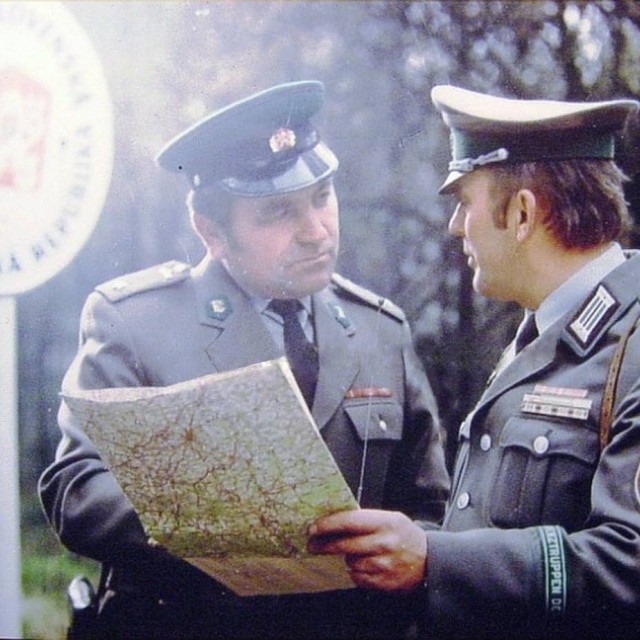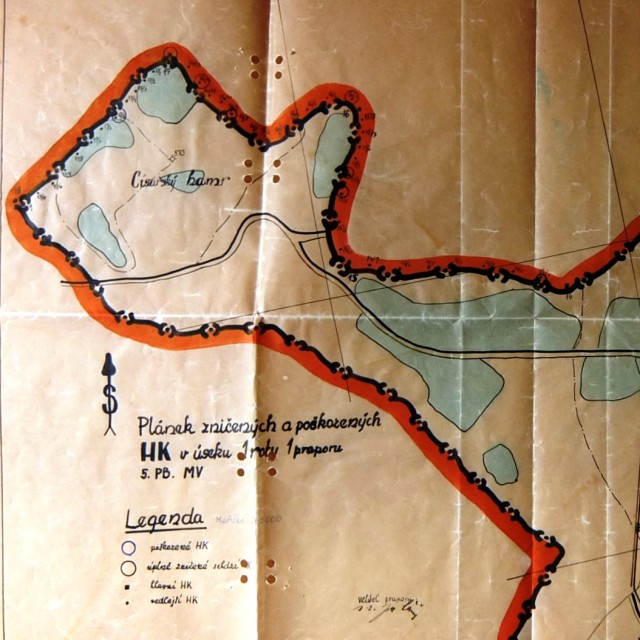The cooperation of Czechoslovak and East-German border guards on the border with the West
In the first half of the 1970s, the number of East-German citizens who were trying to get across the Czechoslovak border to the West was on the rise. One of the main border regions used by the fugitives to get to West Germany, was the Tri-border area, (Trojmezí). However, this surge in escape attempts didn't escape the vigilant security authorities of the GDR and Czechoslovakia. “The majority of the intruders of the state border came from the ranks of de-classed GDR citizens. The prerequisite for this activity was the common border between the GDR and Czechoslovakia and a flourishing tourism between the two countries, which allowed the persons wishing to escape to the FRG to carry out a survey of the territory around the border, to get information on the protective system of barriers (even from some of our citizens) and to procure various forms of assistance.” The Czechoslovak security authorities learned this from the interrogations of arrested German fugitives and from East-German border guards. For this purpose close working relations were established between the 5th border-guard brigade and the 10th border regiment of the NDR.
Hodnocení
Hodnotilo 0 lidí
Trasy
Příběh není součastí žádné trasy.
Komentáře
Žádné komentáře k příběhu.



